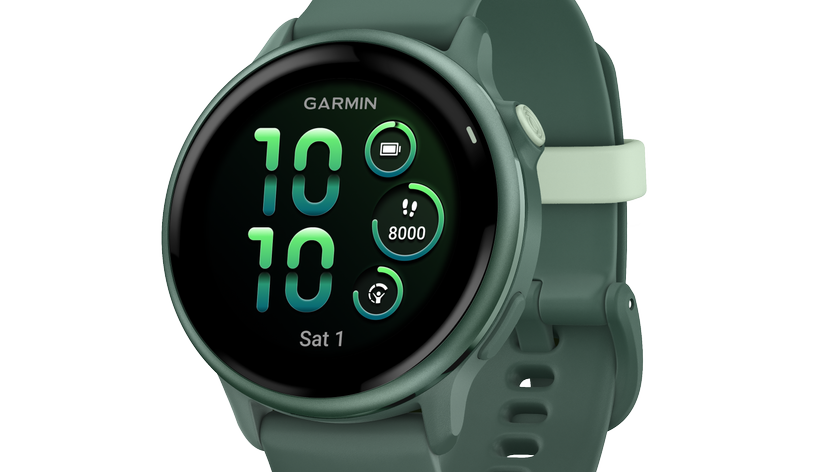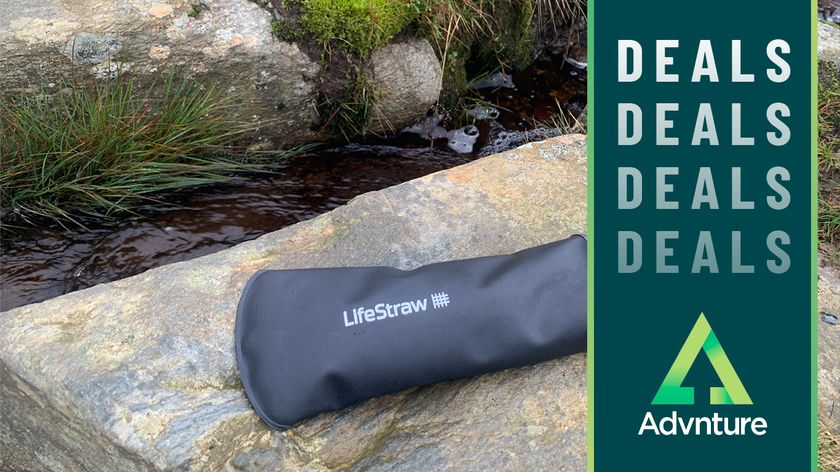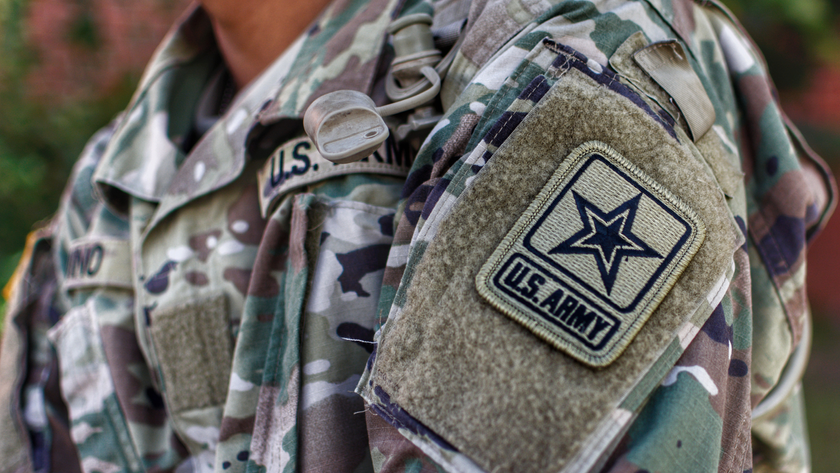“They're as trainable as dogs” – honeybees in Joshua Tree National Park to become vital arm of search and rescue missions
Bees that can detect water in lost hikers' sweat will be tagged with GPS trackers to help locate missing persons
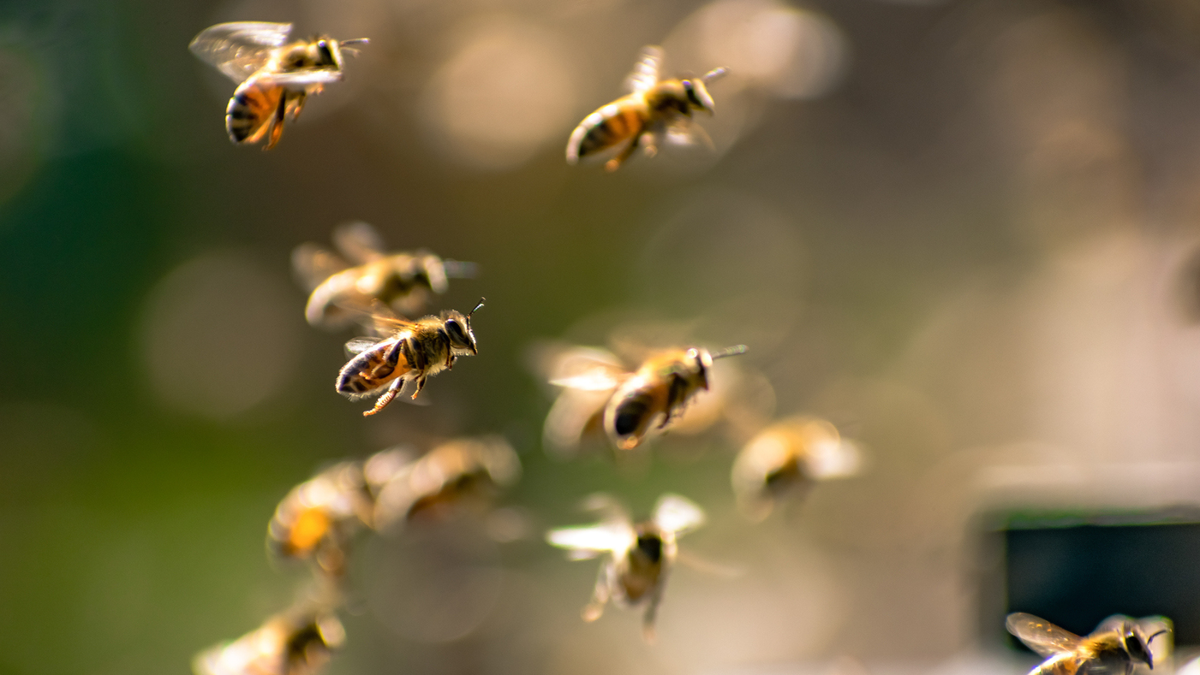
When you think of tools National Park Service responders use in missing person rescue efforts, certain technology or animals may spring to mind – drones, mobile phone GPS data, patrol dogs, for example.
But a group of scientists working for a Californian non-profit has come up with an ingenious idea of using a natural resource that is lower cost and more effective: the honeybee.
In the past, honeybees in Joshua Tree National Park have been considered a pest. As water becomes scarce over the hot, summer months, bees seek it from new sources, which include car air conditioning units, visitors’ water bottles and hydration packs, the perspiration on their skin and even the moisture in their breath.
This has led to closures of sections of the park at times, to prevent people being swarmed by the thirsty bees.
Researchers have been trying to harness the benefits of this behavior, and it seems they have been successful as they launch a new scheme in 2025, using bees to help track missing persons.
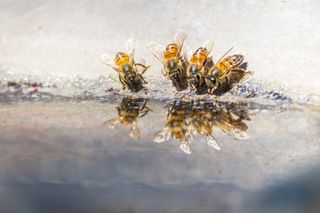
Dedicated entomologists at Bee Optimization & Organix (BOO) have discovered that by releasing bees that have been deprived of water for a short time in small groups, they can track their flight paths. As the bees move towards the missing person, recognizing it as a water source, responders can then follow in vehicles or by foot.
Each bee is fitted with a nano radio transmitter, the size of half a grain of rice, attached to its back. The bees are released in the park in locations where the missing person was last sighted or is thought to be destined for or passing through.
Advnture Newsletter
All the latest inspiration, tips and guides to help you plan your next Advnture!
The bees are later coaxed back to their release point with a sugar-water solution.
Far from winging it
In 2024 the first successful field trials were completed, using 30 groups of search and rescue bees. Each group contained five bees. Over a period of 15 releases, the bees successfully located a person carrying only a small water bottle or a hydration pack, 12 times.
Two of the other times, bee disorientation was thought to be caused by strong breezes that carried them off course. On the other failed release the bees found alternative water sources.
However, the success rate has since grown and now the initiative has been given the green light by park authorities.
Entomologist and project lead at BOO, Buzz Keane said: “Honeybees can cover a huge amount of ground, flying over difficult terrain that humans and dogs cannot access. They have an incredible sense of smell and can locate even the smallest water source miles from its location.
“It’s their high drive to find water for survival that we knew would make them a vital tool in future search and rescue operations."
The researchers have spent many years working in laboratories developing a honeybee with modified genetics that could be used for search and rescue missions.
The new subspecies, Apis lenire, is stingless and has a greater roaming distance than the common honeybee, Apis mellifera. The colonies of hand-raised strains of modified bees, which include queens, drones and workers, are now ready to be rolled out into the field in a revolutionary move in Joshua Tree National Park in summer 2025. Only worker bees will actually be used in the search and rescue efforts.
Buzz was quick to reassure visitors with phobias or who suffer from anaphylaxis that the new honeybee is harmless.
Pollinating the tech sector
Two different technologies were trialled to track bees in their remote locations. The first was from provider HoneyTracks, which uses harmonic radar tags attached to bees and a receiver carried on a drone. However, this proved too costly with high set-up fees.
The second was more simple GPS tracking where the tracker is glued to the bees' backs. The tracking system, provided by FlyBee, is linked to AI technology that will alert responders if the bees' foraging behaviour lessens. It can overlay their location with maps featuring known water sources. If the bees come to rest at a location which isn’t a known water source, responders will be alerted.
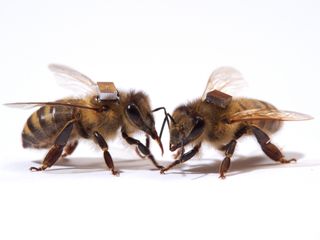
Flora Scout, NPS Emergency Service Communications Officer, said: “We are so excited to welcome the BOOBees into Joshua Tree National Park. Summer are dangerous months where visitors can become dehydrated and get disorientated quickly.
“Dogs are tied to one trainer and are limited in the amount of ground they can cover in a certain time. The cost of buying and deploying the number of drones we’d need to cover huge areas of parkland is too great, especially in light of recent budget cuts.
“We are delighted to have the support of this wonderful not-for-profit and the voluntary services of such skilled researchers. They have proved that bees are as trainable as dogs when it comes to finding missing persons in hot climates.”
Creating a buzz
Park wardens will now start creating internal and external comms - social media messaging and printed signs - to alert visitors to the new search and rescue invertebrates.
The messaging will contain advice on what to do when you see the bees, which includes not to alarm them by flapping.
Safety advice for swarming bees remains the same:

Stay safe around bees
- If you are allergic to bee stings, always carry appropriate medication.
- If bees do swarm near you, move away from them slowly and remain calm. These animals are focused on getting water so do up bottle lids and move away from your hydration pack.
- Wear long-sleeved, sweat-wicking clothing to prevent attracting bees. Breathable layers can provide extra protection from stings and the heat of the sun.
- The best Garmin watches: the latest models tested and ranked
- The best hiking shoes: trail-friendly shoes for all seasons
- The best hiking boots: protect your feet on any trail with our top choices

Charlie is a freelance writer and editor with a passion for hiking, biking, wild swimming and active travel. She recently moved from Bristol to South Wales and now refuses to leave her front door without one of the following: lightweight hikers, wetsuit, mountain bike, tent. Having bought a fixer-upper home that backs on to protected woodland, her love of nature and wildlife has intensified and the dark skies have kickstarted a new fondness for stargazing.
